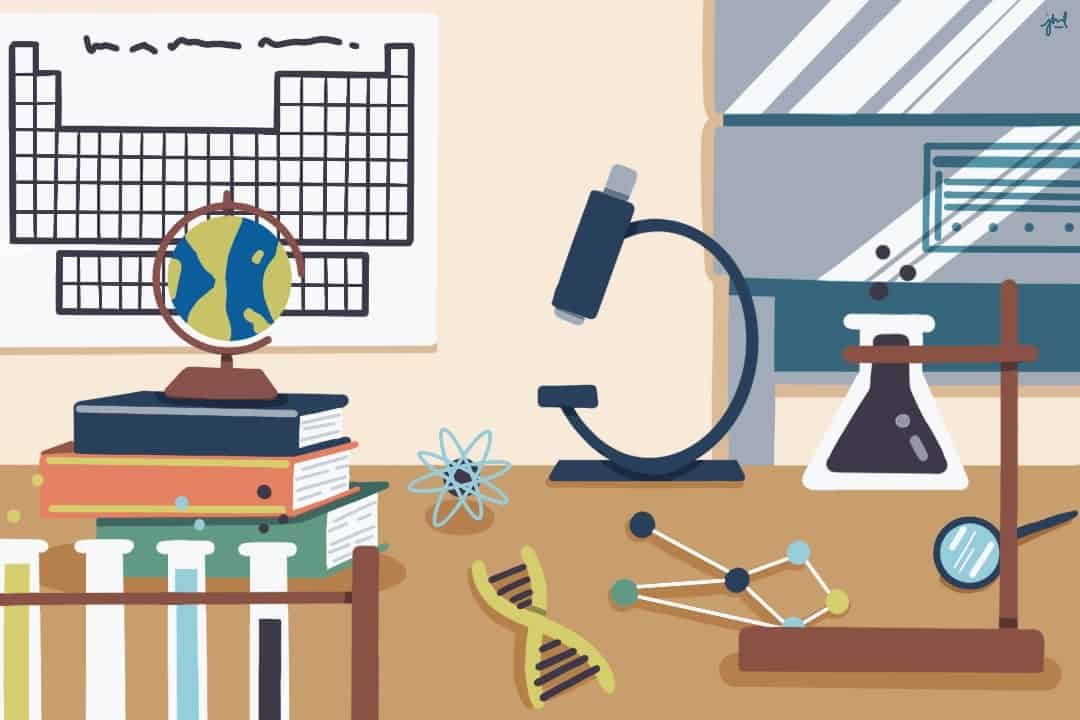Take a stroll through downtown Toronto, and you will find streets lined snugly with buildings and skyscrapers and only sprinkles of parks here and there. You can find a greater abundance of green spaces further north in the city, but nevertheless, the value of green space in Toronto and other urban spaces is ever increasing as cities grow in density and area globally.
Given the importance of urban greenery for human health, biological conservation, and sustainable development, a team of U of T researchers set out to quantify green space usage in the GTA to help inform urban planning and management.
The team — co-led by Alessandro Filazzola, a former postdoctoral fellow at UTM, and Scott MacIvor, assistant professor of biological sciences at UTSC — harnessed anonymized GPS data from cell phones to study human activity in GTA parks, becoming among the first researchers in the world to employ this approach. The study used activity index data supplied by Mapbox, a provider of custom maps for major online platforms such as Snapchat, Strava, and the New York Times. Location data was collected every two hours, while user identities were kept anonymous.
In addition to Mapbox data, researchers partnered with local conservation authorities in the Halton region to track park usage on the ground. By comparing results from the two methods, researchers were able to confirm the precision of Mapbox numbers, opening doors for future studies to utilize the data for various purposes.
In this instance, the team’s findings revealed that trails, forests, and quiet areas were most favoured by park goers. Beyond providing insights, the quantification of green space usage can serve as a basis for evidence-based decision making, translating data into meaningful action for the benefit of city dwellers and wildlife alike.


